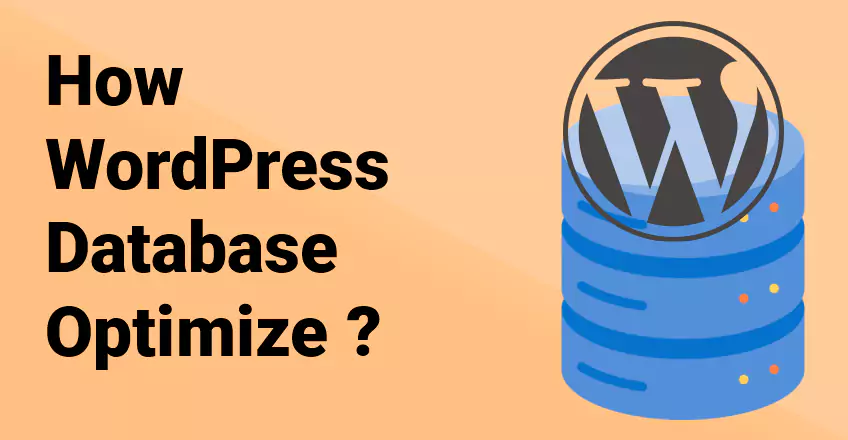This website uses cookies so that we can provide you with the best user experience possible. Cookie information is stored in your browser and performs functions such as recognising you when you return to our website and helping our team to understand which sections of the website you find most interesting and useful.

Optimizing a WordPress database can improve site performance, speed, and overall efficiency. Here are some steps and techniques to optimize your WordPress database:
- Backup Your Database
Before making any changes, ensure you have a complete backup of your WordPress database. You can use plugins like UpdraftPlus, BackupBuddy, or manually export the database via phpMyAdmin.
- Use a Database Optimization Plugin
Several plugins can help optimize your database without requiring extensive technical knowledge:
- WP-Optimize: Cleans up your database, compresses images, and caches your site.
- Advanced Database Cleaner: Removes unnecessary data, such as old revisions and transient options.
- WP-Sweep: Cleans up unused, orphaned, and duplicated data in your WordPress database.
- Manually Optimize via phpMyAdmin
For those comfortable with manual database management:
- Login to phpMyAdmin: Access phpMyAdmin via your hosting control panel.
- Select Your Database: Click on the database you want to optimize.
- Optimize Tables: Select all tables, choose “Optimize table” from the drop-down menu, and execute.
- Remove Unnecessary Data
- Revisions: WordPress stores every change made to a post or page as a revision. To limit or disable this feature, add the following line to your wp-config.php file:
define(‘WP_POST_REVISIONS’, 5); // Limits to 5 revisions per post
- Trash and Spam Comments: Regularly empty your trash and spam comments.
- Unused Plugins and Themes: Deactivate and delete plugins and themes that are no longer in use.
- Optimize Database Tables
You can use SQL queries to optimize tables. Access phpMyAdmin, select your database, and run the following SQL command:
OPTIMIZE TABLE wp_posts, wp_comments, wp_options, wp_postmeta, wp_usermeta, wp_users, wp_terms, wp_term_taxonomy, wp_term_relationships, wp_commentmeta;
- Configure and Use Caching
Implement caching to reduce database load:
- Object Caching: Use plugins like Redis Object Cache or Memcached.
- Page Caching: Use plugins like W3 Total Cache or WP Super Cache.
- Use a Content Delivery Network (CDN)
CDNs reduce the load on your database by serving cached copies of your site’s static content from servers closer to your visitors.
- Optimize Database Settings
Ensure your MySQL configuration is optimized for your server’s resources. This can involve tuning settings in your my.cnf or my.ini file:
-
- innodb_buffer_pool_size
- query_cache_size
- query_cache_type
- Remove Unused Shortcodes
Remove any unused shortcodes that may be lingering in your posts or pages. You can use a plugin like Shortcode Cleaner Lite to help with this.
- Regular Maintenance
Schedule regular maintenance tasks to keep your database optimized. Many plugins can automate this process, ensuring your database stays clean over time.
Additional Tips
- Database Indexing: Ensure proper indexing on frequently queried columns.
- Split Large Tables: If a table gets too large, consider splitting it into smaller tables if possible.
- Monitor Database Performance: Use tools like Query Monitor to identify slow queries and optimize them.

